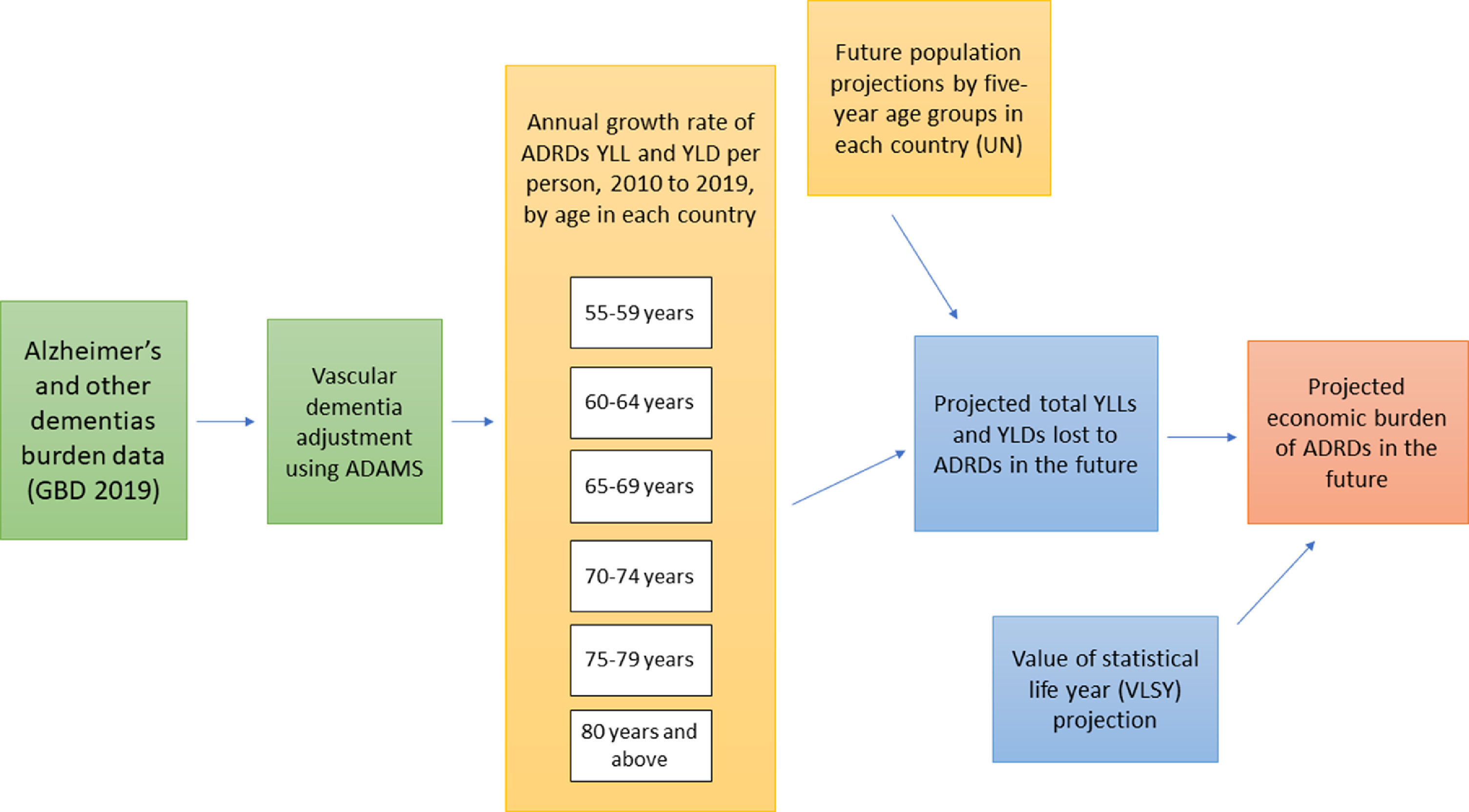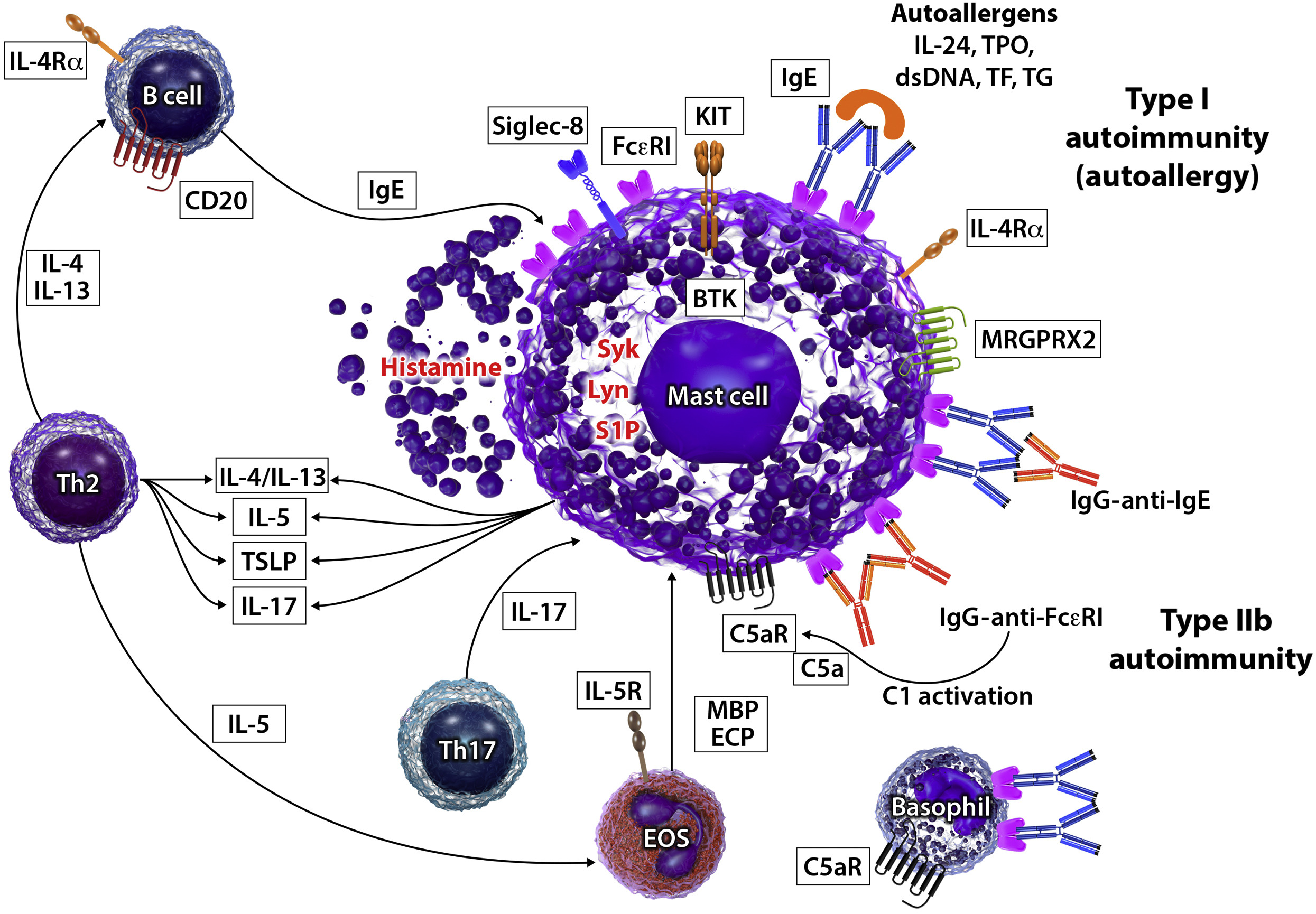An article on the economic burden of Alzheimer's disease and related dementias, in the context of SDG 3, focusing specifically on the global, regional, and national estimates from 2019 to 2050.
Chronic spontaneous urticaria (CSU) is a debilitating mast cell-driven disease characterized by recurrent wheals and/or angioedema. Type IIb autoimmune CSU is mediated by autoantibodies that activate mast cells and is present in less than 10% of patients with CSU
This Series paper supports SDG 3 and 11 by presenting an expanded framework of pathways through which city planning affects health, incorporating 11 integrated urban system policies and 11 integrated urban and transport interventions addressing current and emerging issues.
This Series paper supports SDG 3 and 11 by identifying the minimum thresholds for urban design and transport features associated with two physical activity criteria: at least 80% probability of engaging in any walking for transport and WHO's target of at least 15% relative reduction in insufficient physical activity through walking.
This Series paper supports SDG 3 and 11 by assessing policy frameworks for city planning for 25 cities across 19 countries to identify whether these policies support the creation of healthy and sustainable cities.
This Series paper supports SDG 3 and 11 by calculating spatial indicators of urban design and transport features that support health and sustainability for 25 diverse cities in 19 countries.
This article addresses supporting those with late-stage dementia to maintain quality of life.
The immune disorders triggering the etiological mechanisms of depression are complex, and their biological effects involve multiple systems. Advances in clinical research provided new clues to the immunological mechanisms underlying the onset of depression, and continuous basic research provided a theoretical basis.
Elsevier,
Comparative Biochemistry and Physiology Part D: Genomics and Proteomics, Volume 42, June 2022, 100991
The diseased state in dolphins had metabolic consequences with a shift towards protein degradation. This may constrain the way cetaceans could cope with extra stressors (e.g., human disturbances). Provides insight to how we deal with conservation policies and the impact of stressors on population dynamics.
An Article on mental health morbidities in family carers of individuals with psychosis, in the context of SDG 3, focusing specifically on online psychoeducation.



